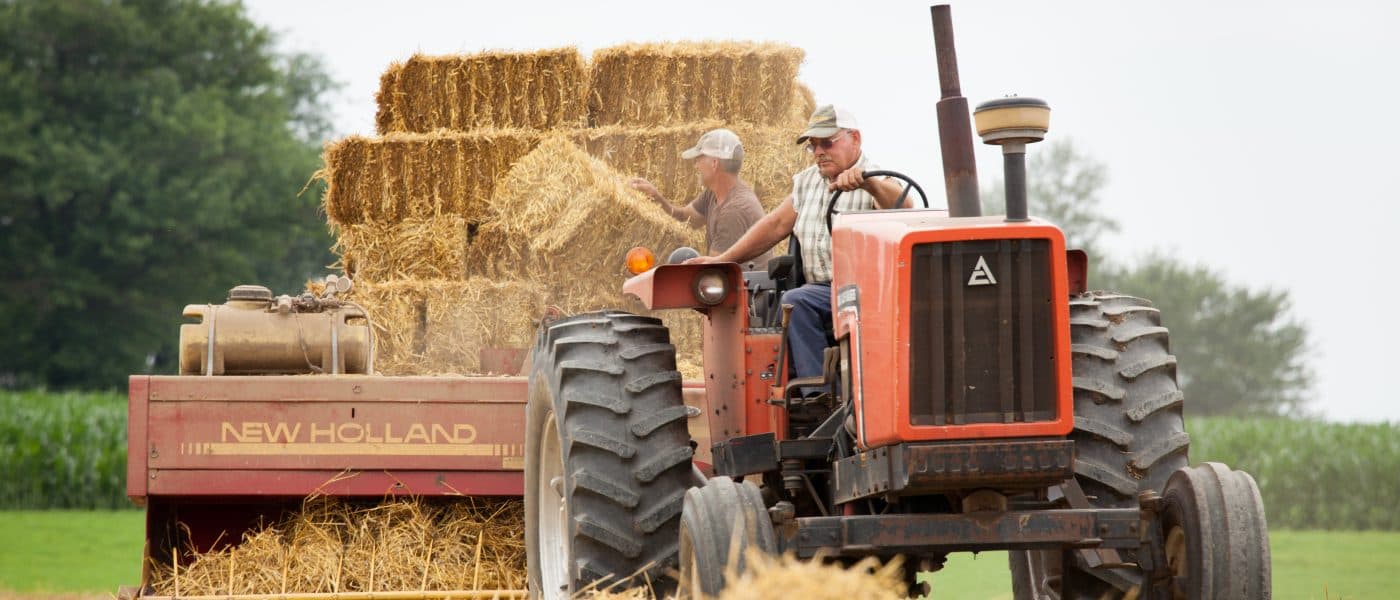An article in the NY Times today
In an effort to deplete the surplus and drive up the price of commodity crops, the government paid farmers to put some of their land out of production and into conservation. The result was that the farmer got a return on that land (as little as that return was at about $50 per acre per year), commodity crops didn’t suffer overproduction and prices could stabilize. As a bonus (because I’m quite sure the USDA was more concerned with farm prices than with land conservation), wildlife and natural habitats got back a little of their space.
But now, with demand and prices for commodity crops high, many farmers are finding that they can make more on that land than what the government pays them to keep it fallow. It remains to be seen whether the USDA will keep the CRP going and, if they do, whether farmers will continue to find value in putting some of their farmland into conservation. What is clear is that this points once again to the complexity of our U.S. farm policy. But it also points to the value of family farmers. We talk alot at Farm Aid about what family farmers bring to the table and it’s clearly more than just good food. This promises to be a contentious issue: Should we place a premium on conservation land or should we throw it all back into production to meet the rising domestic and worldwide need for crops for food and fuel?

